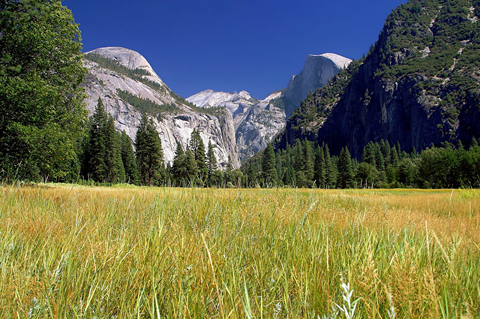 The recent ski lift accident at Sugarloaf Mountain in Maine raises some important questions in risk management for outdoor programs. The purpose of this post is not to armchair quarterback the staff at Sugarloaf, but rather to use it to build out some questions that each of us should be asking about our own programs.
The recent ski lift accident at Sugarloaf Mountain in Maine raises some important questions in risk management for outdoor programs. The purpose of this post is not to armchair quarterback the staff at Sugarloaf, but rather to use it to build out some questions that each of us should be asking about our own programs.
On Tuesday, December 28, 2010 the cable on a chairlift derailed from one of the towers dropping a five chairs 25 to 30 feet into the snow. Eight people were taken to the hospital, thankfully none in serious condition. Dozens of other people were stranded on the lift for several hours as ski patrollers lowered them from the chairs to the ground. The lift is 4,013 feet long, gains 1,454 feet of elevation and nearly reaches the summit of 4,327-foot Sugarloaf.
High winds (gusts of 40 to 50 MPH were reported) are considered to be a causative factor in this accident. From a risk management perspective we have a number of different causal factors interacting that led to this accident.
- High winds earlier in the morning had put this lift and several others on a ‘wind hold’ at 9:00 AM. The ‘wind hold’ was taken off and the lift started operating at 9:55 AM.
- At 10:23 AM mechanical issues were reported on the lift tower with a cable which was out of alignment with the wheels on the top of the tower. Two maintenance operators were working on the cable just prior to the cable derailing. According to the Associated Press report “Adjustments were made, and the lift was stopped and started several times in attempt to realign the cable before the mechanics decided to shut down the lift altogether. They’d restarted the lift at a slow speed to allow skiers to disembark when the cable jumped out of wheels holding it in place.”
While all of the causal factors have yet to be identified, state investigators indicated that high winds were factor, but they had not ruled out other causes. It’s yet not clear if the the wind or another cause initially pushed the cable out of place which the maintenance operators were attempting to fix.
One positive factor in the incident is that over twenty inches of fresh powder snow was present under the lift from Sunday’s major snowstorm in the east. It’s possible that injuries could have been more severe had the landing been onto harder snow.
This incident raises some interesting questions that all of us need to consider in terms of program and risk management. One is issue of evaluating environmental factors and determining when an activity is “go or no go.” The ever-changing nature of environmental conditions often makes it difficult to make these decisions. Conditions could be fine at time X and then hazardous at time Y. For those of you who read the Blog posts about the Mangatepopo River Tragedy in New Zealand, in that incident we saw that assessing environmental conditions and making the “go or no go” call was a critical factor in that incident.
In the Maine situation we also see a very complex interaction between environmental conditions and mechanical equipment. In the end the proximal cause was a mechanical failure at the lift tower. Understanding the necessary equipment maintenance cycles and documentation of your maintenance is another lesson to take from this incident. For more information on how your program can be impacted by equipment failure I recommend the Recreation Law Center article on Product Liability
The fact that the maintenance operators felt the problem was significant enough to shut the lift down ‘once skiers were off the lift’ raises another decision-point question: when do you keep operating your program when conditions are marginal or even sub-marginal, or when do you stop the activity?
I don’t want to second-guess the maintenance operators. Obviously it is a difficult call to make to close a lift filled with people and have to evacuate every chair by lowering people to the ground. In order to make the decision you need to think holistically about all sorts of factors: how long people will be in exposed weather on the lift, how many staff are available for just this type of rescue and how pulling all those staff away from other parts of the mountain will reduce your ability to effectively respond to injuries and issues elsewhere. Again, I think there are lessons to be learned here about thinking through the various possible outcomes and trying to work out what options seem to have the least risk.
What other questions do you see arising out of this incident?


